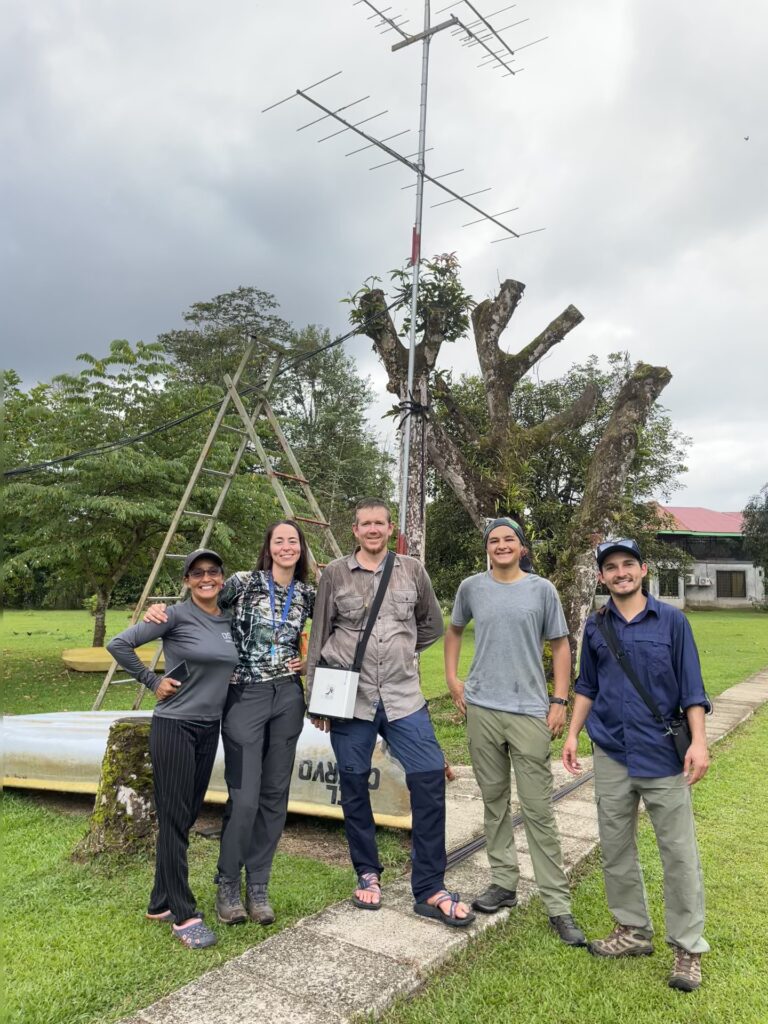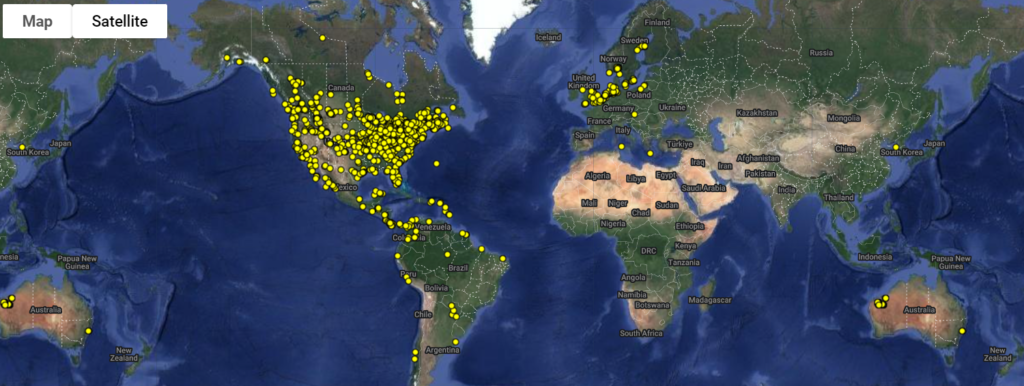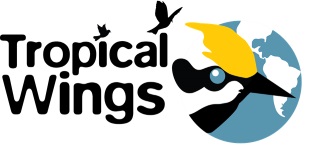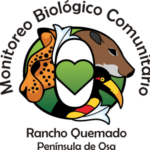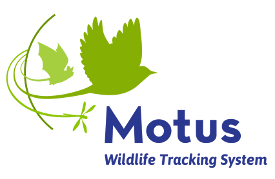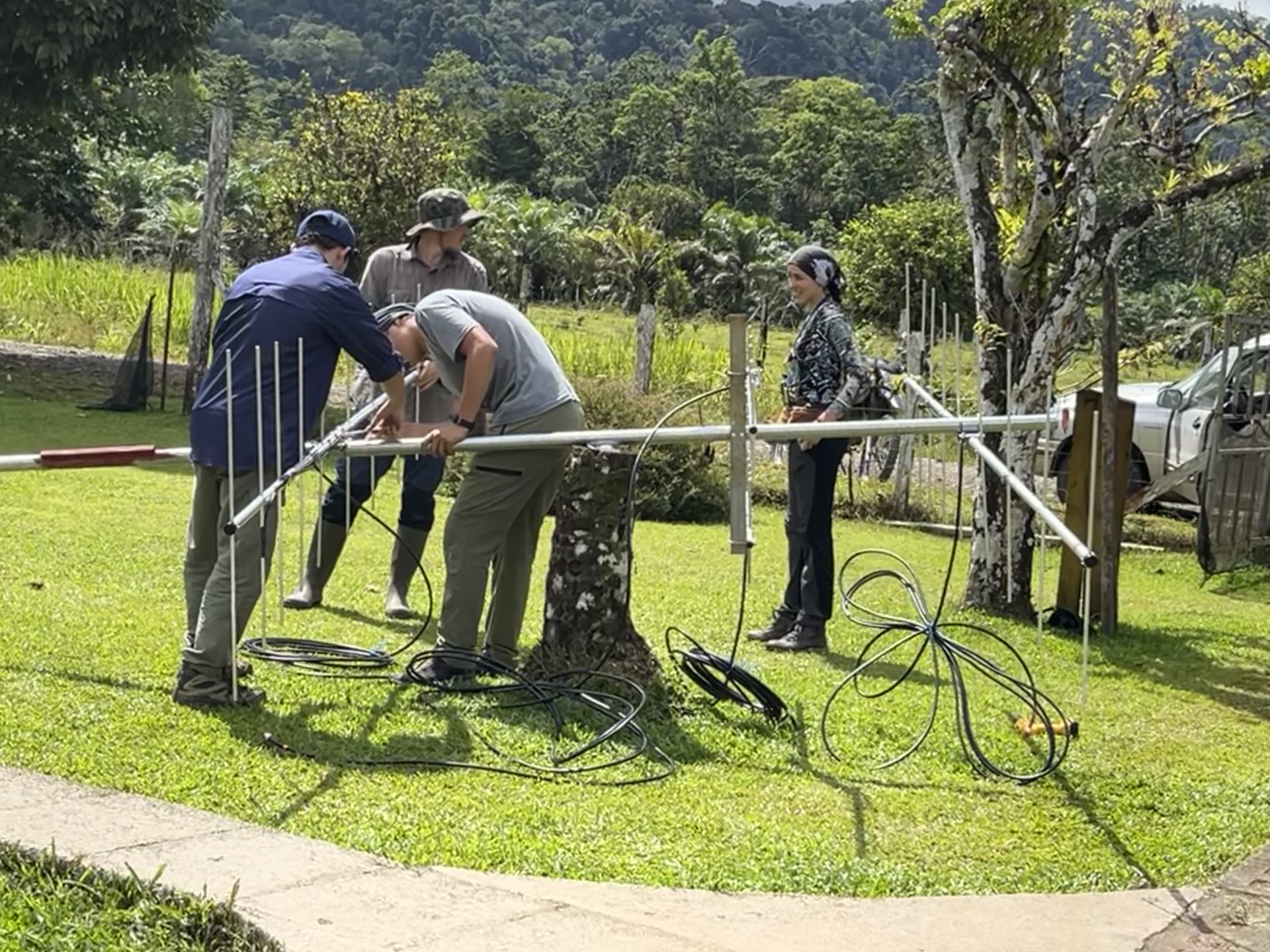
Motus on the Osa
Osa Birds is now proud to host a Motus wildlife tracking Station in the small community of Rancho Quemado located on the north end of the Osa Peninsula bordering Corcovado National Park. Two MoSI bird banding stations are also located in this community. The Motus Wildlife Tracking System is a Birds Canada program; an international collaborative research network that uses automated radio telemetry to facilitate research on the ecology and conservation of migratory animals.
Researchers fit small lightweight radio-transmitters (Nanotags) on animals such as birds, bats and large insects. The tracking system is a network of towers with radio antennas and receivers that pick-up signals from birds within a 25 km radios of the tower. When a Motus tower picks up the signal of a radio-tagged bird, that information is stored and sent to Motus.org who then inform the owner of the tag. The owner of the tag can see which receivers detected the bird along its migratory path and the tower host can also see which animals were detected by their tower, hence the international collaboration and connection between birds and people.
Information is downloaded on a regular basis and can be accessed by all Motus users in the network. The data is used to learn about the movements and behavior of birds (and other small flying animals). It reveals very precise routes and stopover sites that birds use during migration and directs conservation and research actions where they are needed.
Motus is currently the most precise cutting-edge technology in use today in bird science and conservation. While most towers are used to discover bird migratory routes, more and more projects are being developed to understand local migration patterns of birds all over the world. There are currently more than 1200 towers throughout the world, with 22 towers in Costa Rica as of the April 2023.
Project Objectives
1) Collaborate in the international network representing Costa Rica and the Osa Peninsula for bird migration studies by hosting one tower in Rancho Quemado.
2) Develop a project to radio tag Swainson’s Thrush (Catharus ustulatus), a neotropical migratory bird that passes through the Osa Peninsula.
The Osa Peninsula is an important bird area with more than half of Costa Rica’s bird species. A Motus tower representing the peninsula in the international network is providing important information to researchers and is allowing us along with our partners to develop projects to monitor threatened bird species in the future.
Our tower was installed in December 2022 and is being monitored and maintained by the Biological Monitoring Group of Rancho Quemado and Osa Birds personnel. We are excited to publish our bird detections from this migratory season to see the routes radio-tagged birds are taking as they pass through Osa.
We would like to thank our partners at Tropical Wings, Deborah and Patrick Turski and the Madison Community Foundation, Jane Austin and all the individual donors who made this motus station possible! Thank you to Nina Koch for being the champion to make it all happen! Thank you also to the Biological Monitoring Group of Rancho Quemado for coming along with us for the ride of a lifetime. You are the best! Thank you all!
